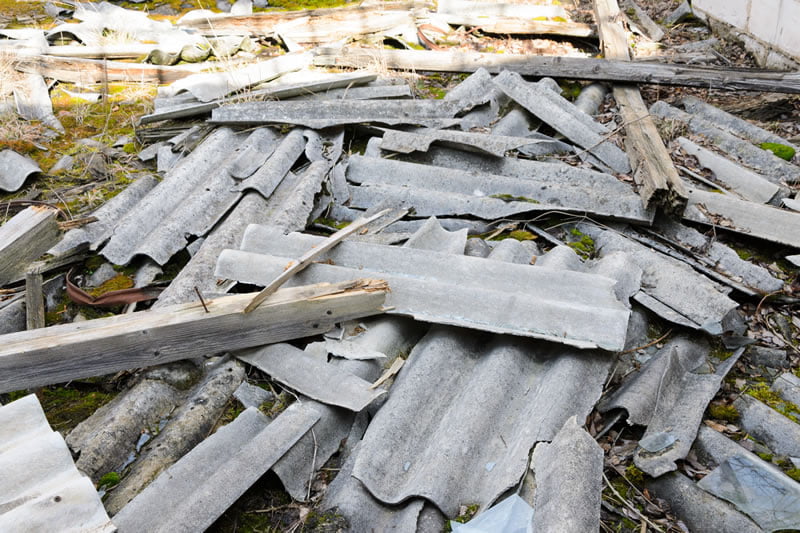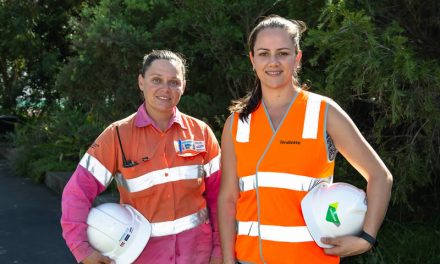NSW research has shown a worrying lack of care.
The NSW EPA recently published the results of research on asbestos in homes, particularly its removal and disposal, and the results are not encouraging. More than 4000 community members from around the state were surveyed and more than 100 people, including specialised waste services and other tradies, participated in group discussions and in-depth interviews.
The research found that most people don’t know where asbestos might be in their homes and properties, nor how to safely manage or dispose of it. Almost 50% of the whole group lived in homes that potentially contained asbestos and most of those people were regular DIYers, with family and friends often involved in the work.
Of the non-tradie interviewees, a frightening 23% took absolutely no safety precautions around asbestos even after they had discovered it. Even though 77% of this group agreed they would contact a specialist after discovering asbestos on their premises, only 48% of those in the same group who did find asbestos contacted any type of professional, let alone a specialist.
Cost and knowledge were seen as being two core problems for the non-professional group, but the professional group – which included waste specialists, handypeople, demolition and maintenance specialists and asbestos removal specialists – also had significant gaps in safe behaviour.
Of relevant professionals in the survey, 59% agreed that ‘in reality, the correct handling of asbestos doesn’t always happen on a job’, and when last encountering asbestos in a domestic setting, only 47% reported the use of protective gear and 43% had isolated or cordoned off the area where the asbestos was located.
The same group also had knowledge gaps: only 52% had ever completed formal asbestos training, 30% had completed any asbestos training at all in the last three years and 32% had never completed any asbestos-related training. Despite this, 70% felt equipped with ‘enough information about asbestos to make informed decisions on a job site.’
As a result of these issues, asbestos was at times disposed of in domestic bins or on site and by people wearing no PPE – an avoidable recipe for disaster.
Recommendations included education around the low actual cost of safe disposal (as opposed to the high perceived cost), the importance of planning for probable asbestos in advance rather than having its discovery interrupt a schedule, and the importance of leadership within the industry when it comes to using specialists and PPE and ensuring correct, safe disposal.
To download the report, visit www.epa.nsw.gov.au/your-environment/household-building-and-renovation/dealing-with-household-asbestos/social-research-to-improve-asbestos-management












